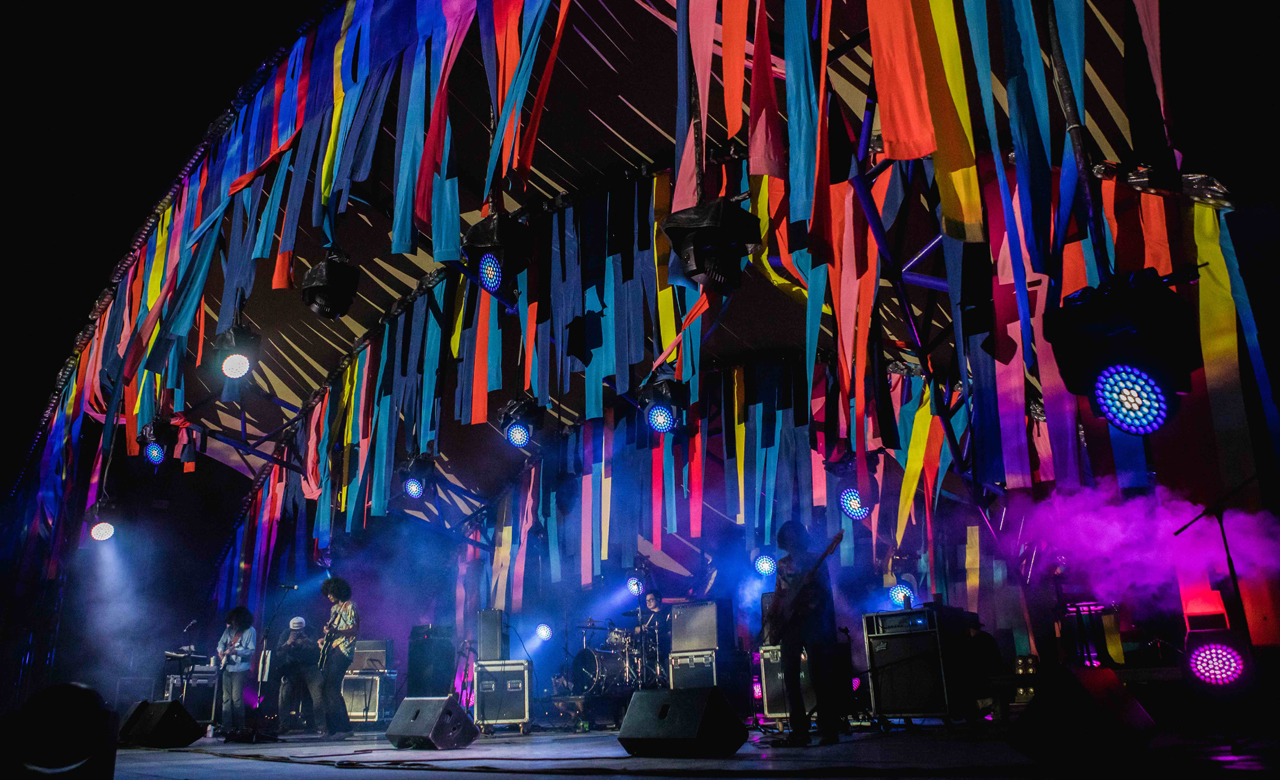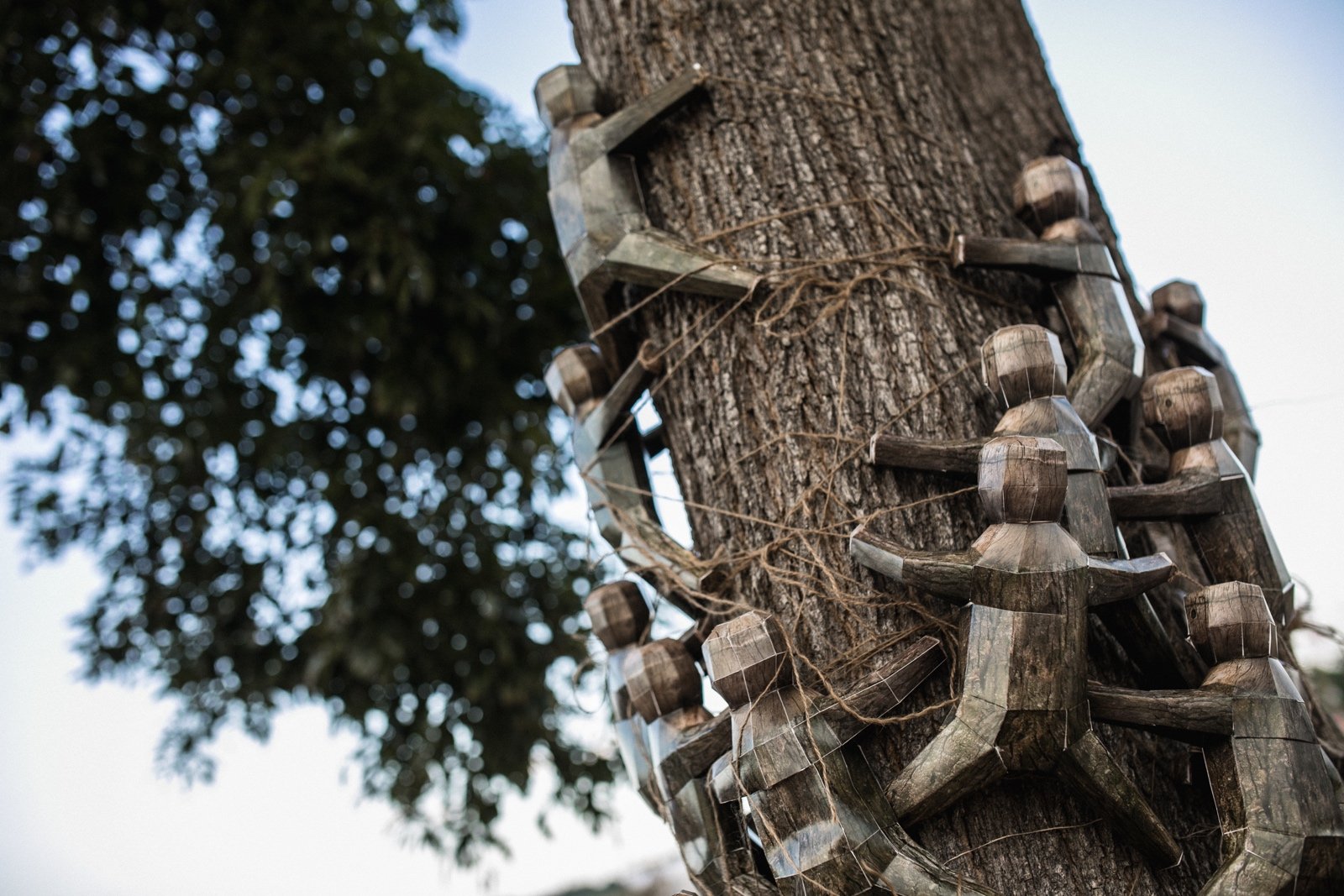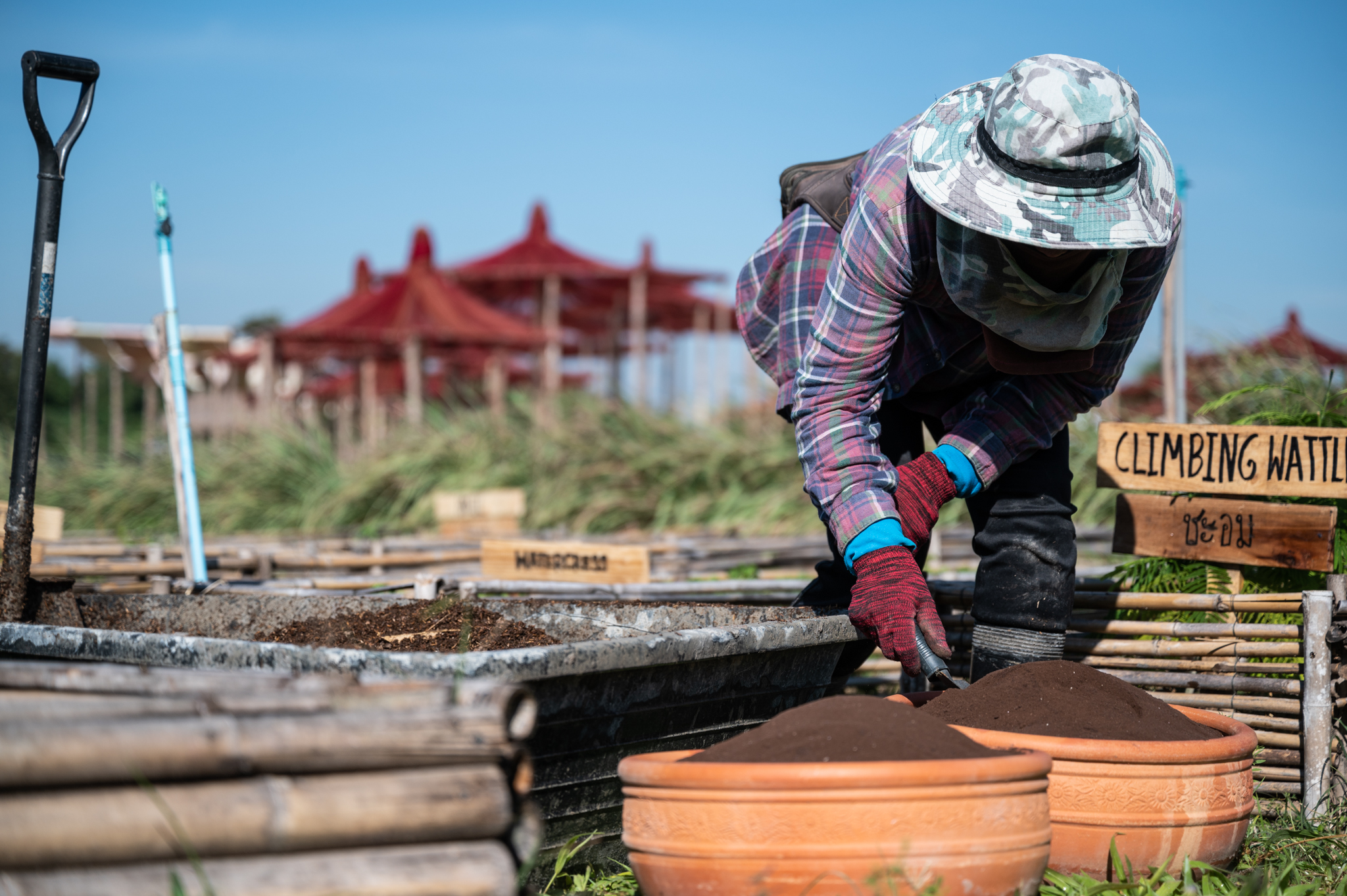Architects can honor the resources it takes to build from materials like concrete, steel, and stone by designing the buildings with incredibly long lifespans. Much like the ancient buildings we revere around the world, modern buildings can be built to last, with a consideration of future use with minimal physical changes. A common concept in civic works erected using the public purse, future use considerations are a key element to resilient architecture—where today a building serves one purpose, in future it could serve another. A shopping mall could someday be a school; a religious structure may soon be a hospital. There is little knowing what comes next in a future we can’t see, but there are many ways to design around a conceptual flexibility within a rigid and permanent structure. With each generation, a new life is applied to a structure beyond any imagined purpose.
The only constant could be the structure itself, and the materials it’s made from. Concrete, steel, plastic, glass, and stone require huge amounts of water, power, precious metals, mined materials, and fossil fuels to create. Each casts a carbon shadow much longer than their scale. These impacts are, for now, unavoidable in the construction industries. So when specifying their use, architects, engineers, and designers can offset their environmental impact by ensuring that the structure stays standing without the need for intensive alterations or material add-ons for centuries to come—not just decades.
Conversely, while still adhering to the same intention, architecture can eschew (or even invent) trends in design to ensure longevity. Ab Rogers Design, in partnership with Shona Kitchen, were enlisted by Comme Des Garçons to create their Paris flagship retail space, within the brief of ‘an alien wave’ having swept into the interior. In creating the space, the architects stepped outside of notions of contemporary aesthetics and up-to-date trends, opting instead for a brand new architectural vernacular that lies outside of conventional design thinking. As a result, the Paris pavilion of Comme Des Garçons remains as fresh 20 years after being created as it did on opening day, and will likely remain a long-lasting aesthetic for the brand’s flagship for many years to come.



